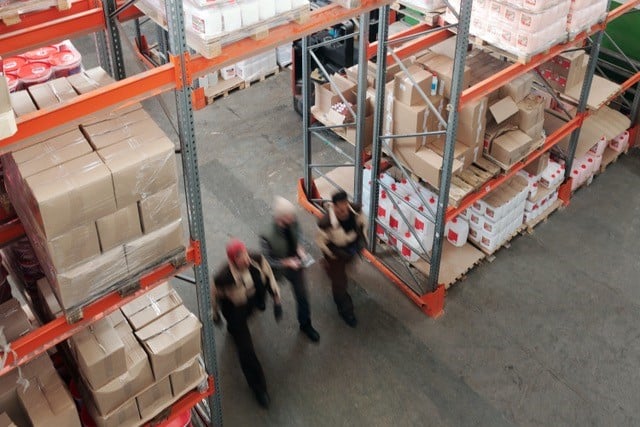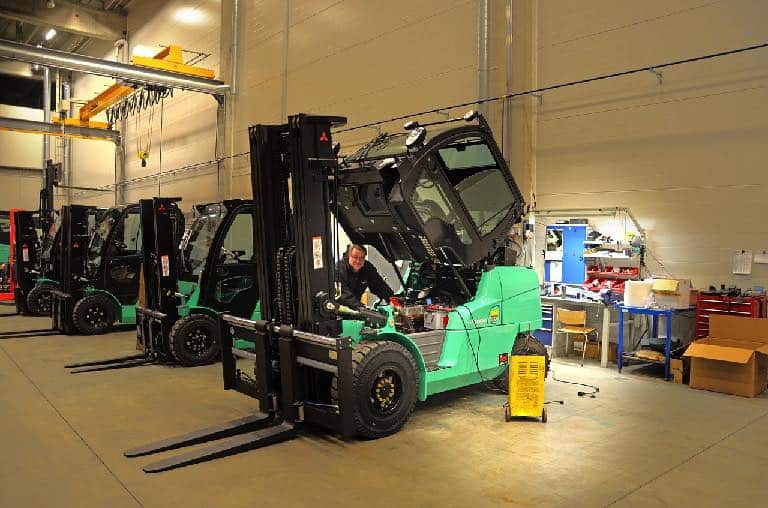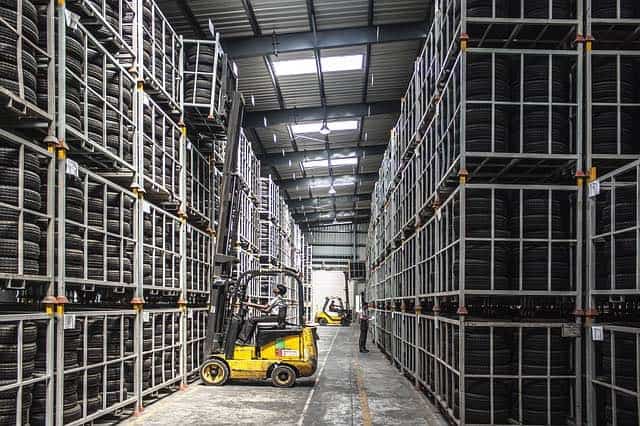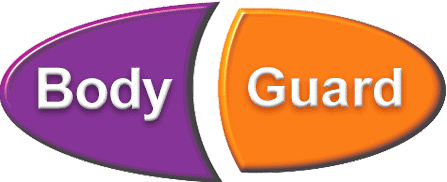Warehouse and Workshop Safety
In a typical warehouse environment, heavy mobile machinery and staff regularly work in the same space.
This immediately presents potential safety hazards such as blind spots, obstacles and poor visibility, plus human factors such as lapses in attention judgement or staff ignoring safety protocols. As a result, the safe movement of storage of products in a warehouse has to be the #1 priority.
Introducing safety initiatives or additional safety training can help lower the on-site risks, but still the danger is a real one. Load-shifting equipment (powered mobile plant like forklifts, ride-on pallet movers, walkie stackers, pallet jacks, trolleys etc.) present pedestrian safety risks such as:
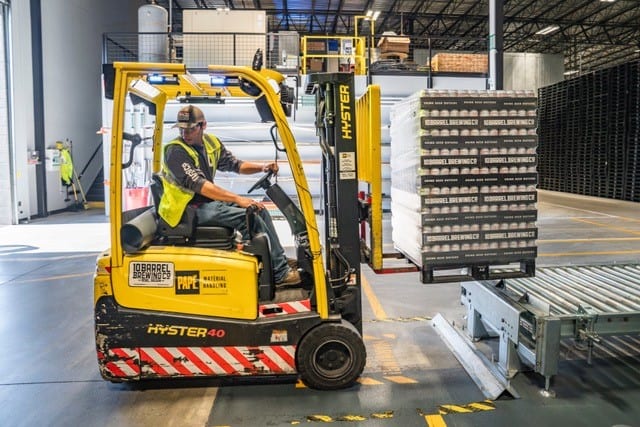
Collisions with pedestrians and/ or loads falling onto them.
Rollovers and the equipment moving unexpectedly, posing a crushing risk.
Forklifts unable to stop quickly.
Reduced visibility when loaded.
You can consider the layout of your workplace and put physical barriers in place to separate pedestrians and vehicles, and introduce control measures to reduce risk such as:
Minimising the cross flow of traffic, intersections and eliminating blind spots.
Clearly defining and positioning ‘customer pick-up’ parking areas so they can be accessed without crossing driveways or loading dock vehicle paths.
Clearly marking pedestrian walkways or using temporary physical barriers to separate pedestrians from roadways and powered mobile plant operating areas where pedestrians and vehicles often interact based on speed limits, stopping distances and efficient workflow.
Defining areas where powered mobile plant is used as ‘pedestrian exclusion zones’ and excluding powered mobile plant from pedestrian walkways and work areas.
Using line markings and marker posts in docking areas to indicate distances from the dock.
Though these initiatives offer some improvement, more needs to be done to keep your pedestrians safe.
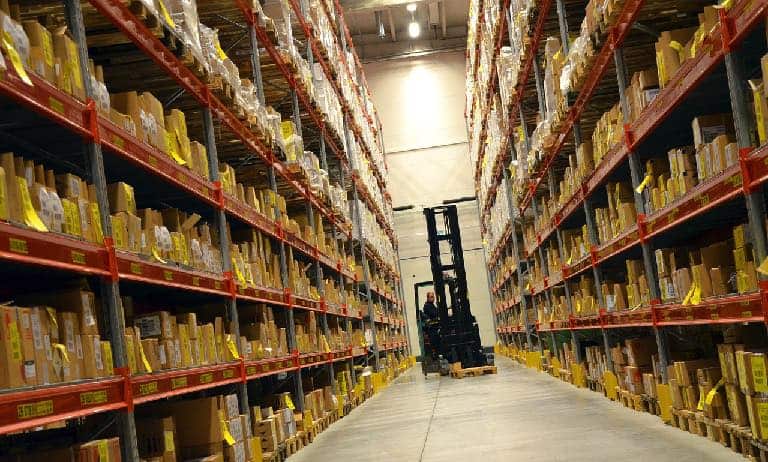
Though these initiatives go some way to help protect your pedestrian staff from injury due to collision with mobile plant, they rely on the human factor and are only effective when staff follow safety instructions, exhibit safety behaviour and are not distracted.
Forklifts pose one of the highest risks to pedestrian staff in most workplace settings.
Counter-balance vehicles have a large counter-weight that can swing very quickly and crush a pedestrian against fixed structure. The driver often has difficulty seeing clearly out the rear or through a load on the forks. Our BodyGuard pedestrian safety warning system is designed to overcome the human factors and provide an effective method of improving safety between pedestrian staff and the forklift by creating a safety exclusion zone around the vehicle. Click here to learn more about how the BodyGuard pedestrian safety warning system improves your workplace safety around counter-balance forklifts.
Another hazard is posed by reach trucks and aisle picking machinery. These typically operate in narrow aisles, restricting visibility and movement. Often the operators are raised on a platform or concentrating on loading and unloading racks – presenting a risk of not being aware of pedestrian staff near the vehicle. Our BodyGuard compact pedestrian safety warning system has been designed especially for these smaller (but still dangerous) vehicles. This also sets up a safety exclusion zone around the vehicle.
Click here to learn how the Compact pedestrian safety warning system can help protect your pedestrian staff from danger of being hit by reach trucks or other picking vehicles.
Some workplaces have areas where both mobile plant and pedestrian staff must work, but the nature of the operation makes it difficult to provide all people moving through the area with a personnel Tag to work with the standard BodyGuard pedestrian safety warning system. In this instance, we can offer the BodyGuard “i-Zone” pedestrian safety warning system. This system detects any vehicles in a shared or high-risk area (such as doorways, entry/exit, packing areas, delivery drivers moving in and out of the area etc). For this situation, the i-zone system provides both audible and visual warning when forklifts or other mobile plant are operating in an area.
Click here to learn how BodyGuard i-Zone pedestrian safety warning system can help keep your high risk areas safer.
